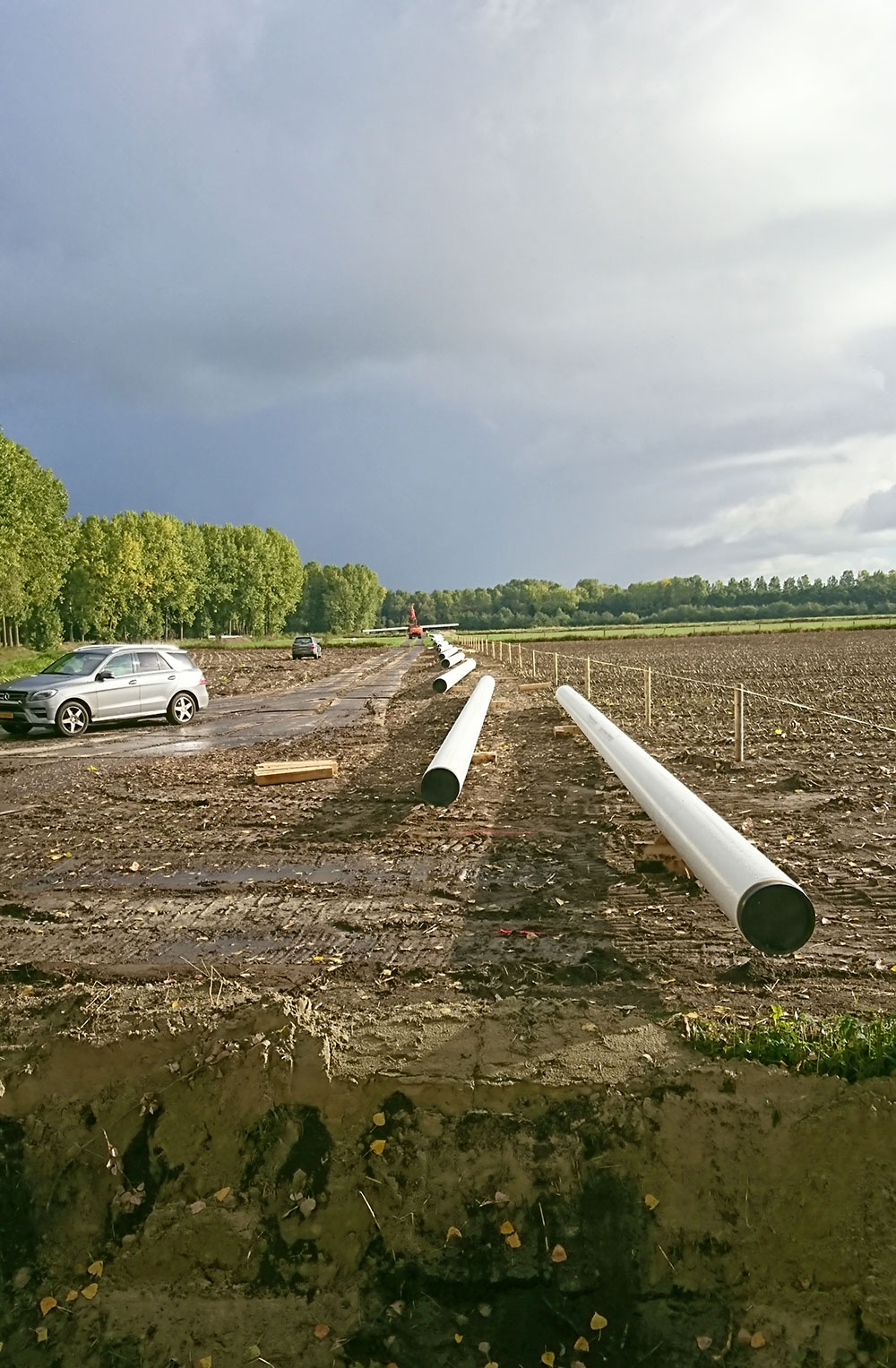
ArcelorMittal Europe – Flat Products

ArcelorMittal Europe – Flat Products
Matière’s Unibridge® uses high strength ArcelorMittal steels Read more
In the wind energy segment, ArcelorMittal Europe is engaged in reducing the carbon footprint of wind towers over their productive life. We are doing this by coupling our own technical and R&D expertise with that of our customers. We’re also developing advanced steel solutions which allow the weight of the tower to be reduced while providing improved yield strength and fatigue resistance properties. This allows tower manufacturers to create higher towers with larger turbines which maximise the energy generated.
Our R&D teams are also developing steels that require significantly less on-site maintenance than existing solutions. These include steels which resist saline water corrosion, high strength weathering steel, and steels which offer enhanced corrosion protection through metallic coatings. While some of these products are still in development, many are now undergoing field trials in offshore locations around the world.
In solar energy, ArcelorMittal’s Magnelis® coating is extending the life of structures which support photovoltaic (PV) installations. These structures must withstand a range of conditions while ensuring the viability of the installation over the long term with minimal maintenance. Steels coated with Magnelis® exhibit excellent corrosion resistance, at least three times better than traditional galvanised steel. Magnelis® also has a self-healing property which heals scratches and improves edge protection.

Stringer pipes which will be used to transport gas
In the transmission pipelines segment, new metallurgical challenges are arising. ArcelorMittal is already focussed on the development of high-performance steels that will transport the next generation of energy gases including pressurised hydrogen, hydrogen-enriched methane, and carbon dioxide capture, storage, and utilisation grids. Transportation of these gases requires steels that can handle extremely corrosive environments and perform reliably over a very long service life.
ArcelorMittal’s offer for energy producers is already one of the most comprehensive in the world. With the new products and solutions we are developing, ArcelorMittal is ensuring that energy production will become even more sustainable.